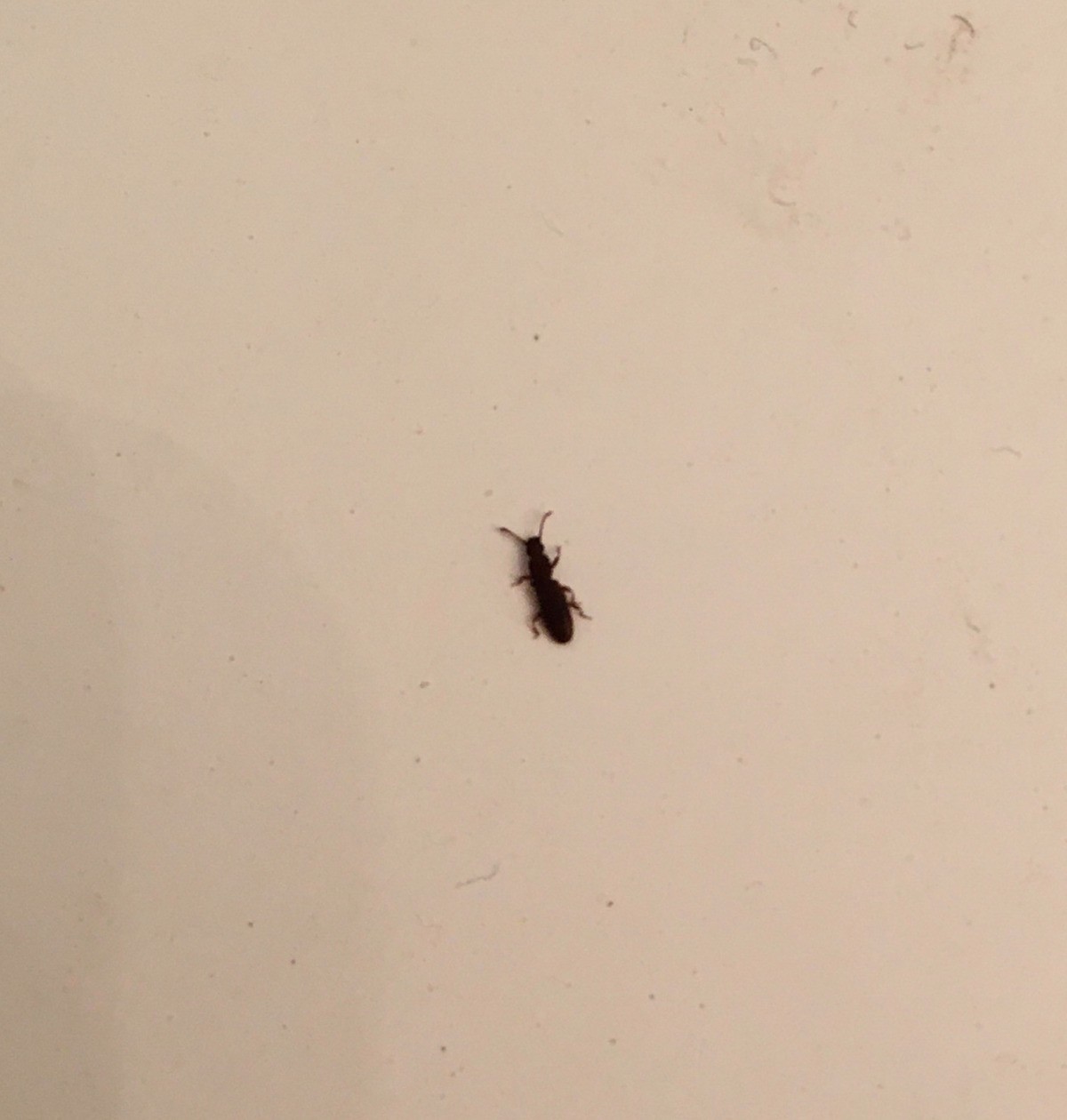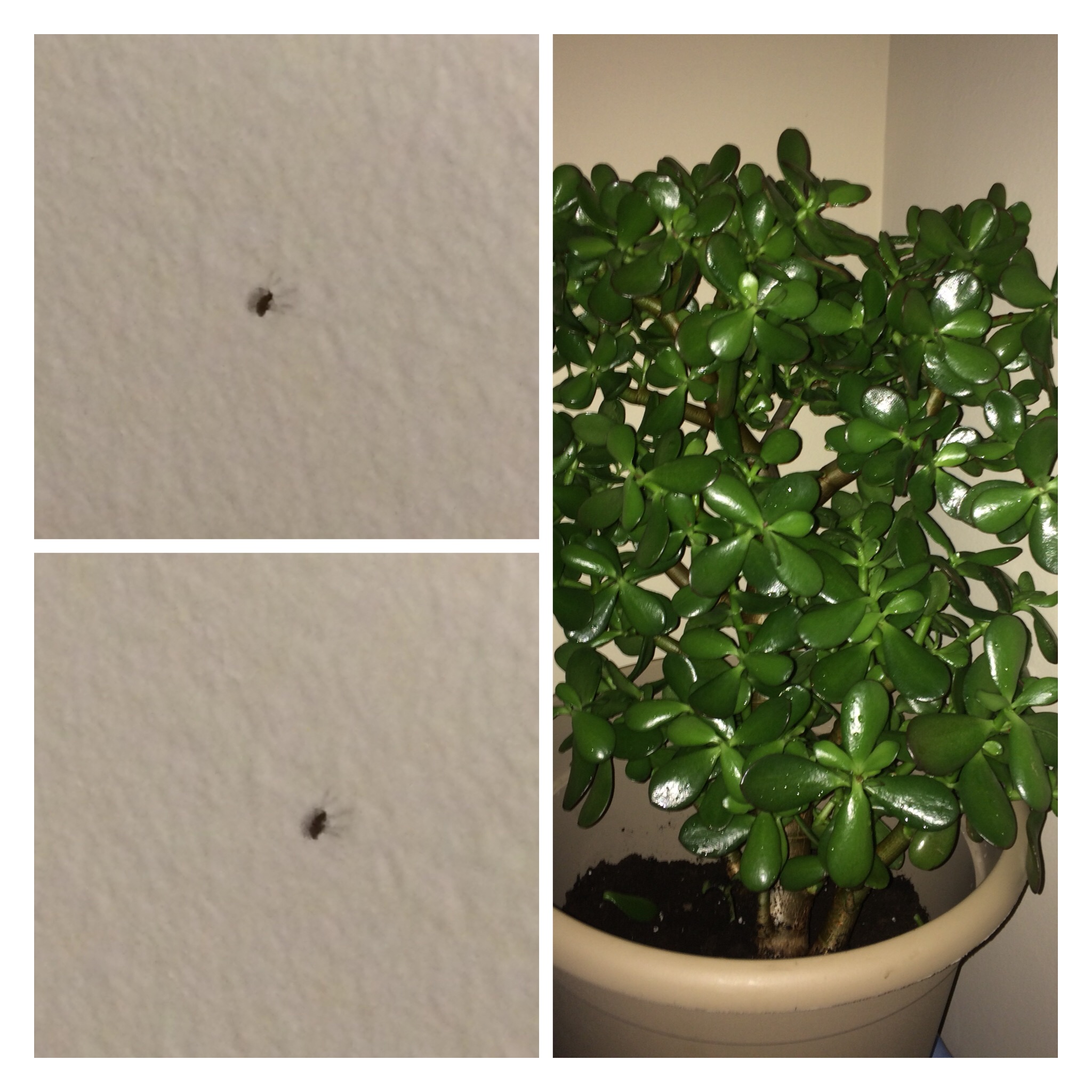Table Of Content
Homes with sewer, organic garbage, and plumbing defects always have a drain fly problem. The fungus gnat larva is a tiny white worm with a black, dot-like head that hatches out of eggs. These worms are harmless and feed on the molds and fungi that form on the soil beds and other organic wastes in the house.
Top 5 Small Black Flying Bugs In House That Are Not Fruit Flies With Pictures!
Overripe and rotten fruit inside the house attract fruit flies. Dispose of the rotting food, fruits, and vegetables, and keep the ripe fruits and veggies inside the refrigerator. Fruit flies are tiny, oval-shaped flies with stout bodies that grow up to 0.125 inches in size.
Phorid Flies
Under a microscope, you may think a fungus gnat is some type of mosquito. Like mosquitos, they have long tall legs that they perch on top of. Preventive measures need to take into account that various types of bugs that can fly make their way indoors for different reasons. They are only known for creating economic losses through the destruction of animal-based textures and objects found inside the house. This is a group of flies that includes other biting insects but Crane flies don’t bite. While they don’t carry diseases, clothes moths can damage clothes, towels, blankets, furniture upholstery, and carpets.
Black Carpenter Ants (Camponotus)
Here are 8 common pests you might find in your Northern California home this summer - Modesto Bee
Here are 8 common pests you might find in your Northern California home this summer.
Posted: Tue, 27 Jun 2023 07:00:00 GMT [source]
And if you see them launching into the air, you might be looking at a springtail. The best way to identify little black bugs in your house is to use your senses. Your eyes are the best tool to spot these critters, no matter how tiny they are. Observe them first and try not to disturb them too much so as not to scare them away. Some of the most common little black bugs in house fixtures, food, plants, and other items may all look similar.
Therefore, getting rid of flesh flies is just as important as eradicating houseflies from your kitchen. Signs of pantry bugs are silk webbing in packaging, black dots that look like poppy seeds (feces) and cast skins. These bugs are often not visible to the naked eye and can only be identified when they bite, which leads to an itchy red bump on the skin. Fruit flies have a more rounded shape, similar to a fly, whereas gnats have long bodies and dangling legs that resemble those of a mosquito. Look in moist places where you’ll usually find decomposing organic matter, such as trash cans, sinks, drains, or toilets.

Clothes Moths (Tineola bisselliella)
Phorid flies fly erratically, in a zig-zag pattern, unlike fruit flies which fly in a straight line. Plus, they’re more likely to run away across the surface than to fly. Depending on the species, their colors range from black to yellowish-brown. Their thorax is arched, which makes them look like a Hunchback from Notre Dame.

To accurately identify bugs in your house, it’s vital to look at the insect’s size, shape, number of legs, and if it has wings. For example, spiders, mites, and ticks have eight legs and no antennae. In addition, mites and ticks are so tiny that they may look like black dots. Many people refer to any type of creeping household pest as a bug.
To prevent further infestations, caulk all gaps around vents, electrical outlets, doors, windows, and baseboards. Cluster flies become a nuisance in the home when they congregate in masses in late summer and early fall. They usually live and breed in inaccessible areas of homes and hibernate until spring. Unlike houseflies, cluster flies aren’t attracted by garbage, dirt, or filth. You can use sticky yellow traps to reduce their numbers if you have fungus gnats in the kitchen.
Inspect furniture before moving it indoors
Moreover, they are the little black bugs that bite in house, especially during warmer months. It can be annoyingly painful not just to your pets but to your whole family. Many bugs or insects can come and go in the home, but the most commonly seen bug is probably the carpet beetle. You often see these little tiny bugs in house carpets – hence the name – and some in your pantry or closet. Prevention is key when it comes to dealing with small flying bugs. By reducing their access to food, water, and shelter, we can significantly reduce the attractiveness of our homes to these unwanted visitors.
Fruit flies are common wherever food—especially sweet food—is allowed to ferment. The adult flies lay eggs on rotten fruit or other organic material and lay up to 500 eggs in a week. To avoid problems with fruit flies, keep perishable food in the refrigerator, put a lid on the garbage can, and clean drains regularly. Bed bugs are tiny brown bugs with oval, flattened bodies and are about the size of an apple seed. The minuscule brown bugs measure 0.16” – 0.2” (4 – 5 mm) long. The nasty bugs bite humans, causing an itchy rash on hands, feet, the neck, or face.
Clothes moths are small, beige-colored flying bugs that grow around 0.5” (13 mm). They are identified by their narrow wings that have fine hairs along the margins. It’s easy to mistake these fabric-eating bugs for grain moths. However, they are challenging to spot because they avoid light. Certain species of termites can fly – these are dampwood termites and subterranean termites. Flying termites are generally brown or black, and have a set of long wings.
The characteristic trait of mosquitoes is how they pierce the skin to enjoy a blood meal. The flying insects come out at dusk and can be a pest to people, not to mention spreading diseases like malaria, dengue fever, and the Zika virus. Black weevils are tiny, slender beetles with a long snout and are often found in stored grains. Because the little black bugs are found in foodstuffs, they are also called pantry bugs or pests. The dark beetles can range in color from dark reddish-brown to nearly black.
The behavior of these black beetles is that they are attracted to lights and primarily come out at night. Also called the wheat weevil, a granary weevil measures 0.12” to 0.20” (3 – 5 mm) long. The flightless creatures are typically found in stored grains in a pantry. You may see signs of these annoying black “bugs” in packets of rice, corn, oats, barley, rye, millet, sorghum, and wheat. Hermit flower beetles (Osmoderma eremicola) are a type of scarab beetle that has a shiny jet-black fat oval body. These hermit beetles are solitary insects that are among the larger species of beetle.
Pavement ants like to establish homes in your walls or underneath flooring and, if you get in their way, they may bite. Pharoah ants are small yellow ants that often seek shelter in your walls and behind baseboards. Thief ants like sugar and are commonly found in cupboards and pet food bowls.
Flying termites are usually mistaken for carpenter ants because of their similar physical appearance. However, flying termites are mostly black, while carpenter ants vary from orange-brown to black. The presence of adult drain flies in huge numbers is a very clear sign of a drain fly infestation, especially in a stagnant pool of water. Drain fly larvae feed on algae, bacteria, and fungi, while adults feed on sewage or any decomposing organic matter. Adults are weak fliers, so they only make short hopping flights, particularly when disturbed. Phorid flies are a huge family of small flies with more than 3,500 species around the world.
Also, keep a tight lid on trash cans and don’t leave pet food out overnight. Black widows generally live in dark, secluded places in houses, garages, barns, and basements. They prefer undisturbed places; you may find them under furniture, shoes, and coat pockets.

No comments:
Post a Comment